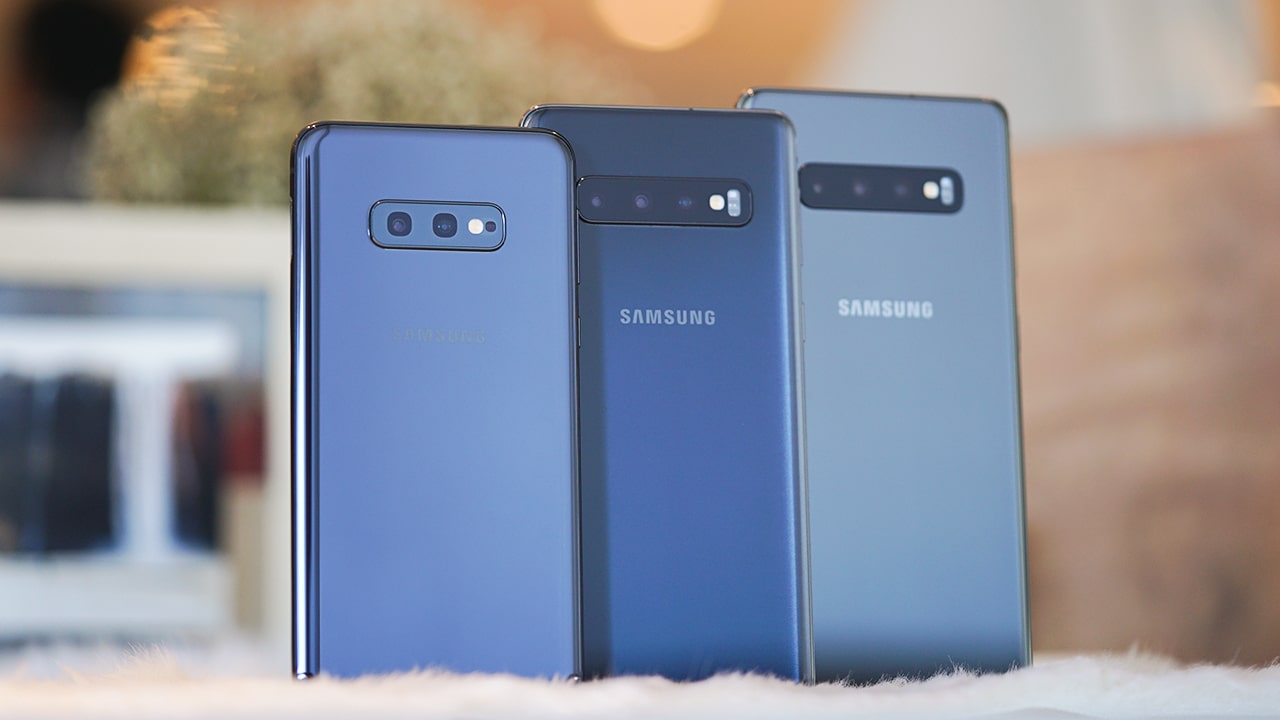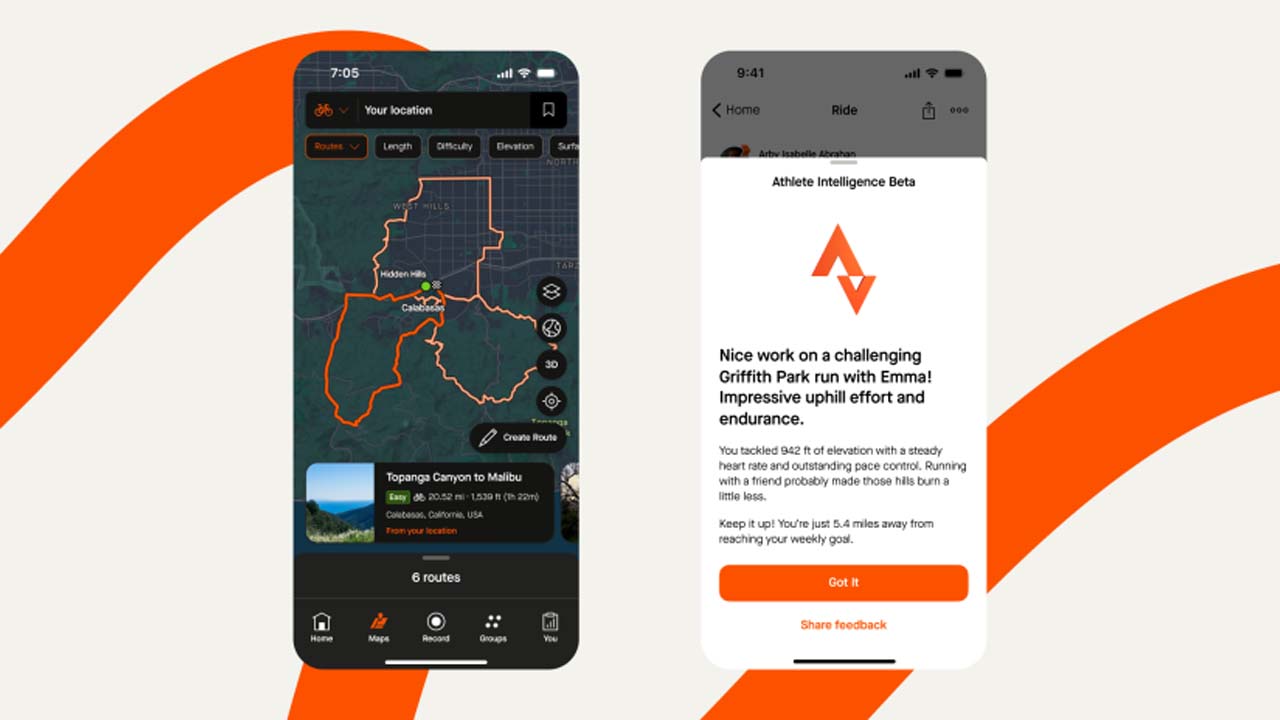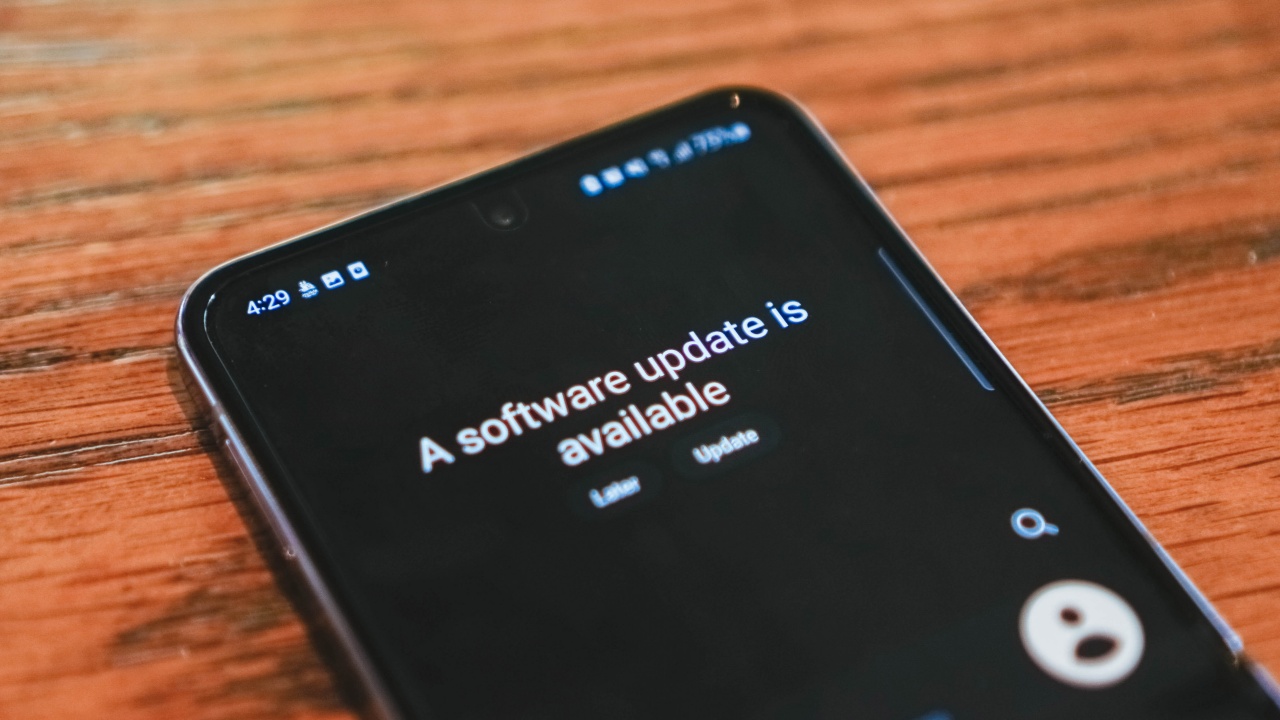News
Samsung Galaxy S10: Price and availability in the Philippines
10th generation of the Galaxy S flagship

Samsung has officially unveiled the Galaxy S10 family earlier today and we now have three new flagship phones to choose from.
The new Galaxy S10 series is composed of the Galaxy S10, Galaxy S10+, and the latest addition, the Galaxy S10E. The three phones feature the new Infinity-O Super AMOLED display. They are also powered by Samsung’s very own 8nm processor: the Exynos 9820.
The Galaxy S10 and Galaxy S10+ feature 6.1- and 6.4-inch displays, respectively. Both also have 8GB of memory and 128GB of expandable storage. Camera-wise, the two models come with triple rear cameras, while the Galaxy S10+ has dual front cameras. Samsung is also releasing a limited edition Galaxy S10+ with 1TB of storage and 12GB of memory.
The Galaxy S10E, on the other hand, is pretty pocketable with its 5.8-inch display, 6GB of memory, and 128GB of storage. It only has two rear cameras, but it essentially shares a lot of features with its bigger siblings.

Samsung Galaxy S10E and Galaxy S10+
The Galaxy S10E is the cheapest among the three at PhP 39,990 and it’ll come in Prism White. If you want something more premium, the Galaxy S10 will retail for PhP 49,990 and it’ll be available in Prism White and Prism Black. The bigger Galaxy S10+ will go for PhP 55,990 and it’ll come in both black and white, plus the new Prism Green.
The top-dog limited edition Galaxy S10+ with 1TB storage and 12GB of memory will only be available via pre-order for PhP 89,990. All pre-orders come with their respective freebies worth up to PhP 28,500.
The whole Galaxy S10 family will be available in stores starting March 8. While we wait for the orders to be delivered, check out our hands-on below:
SEE ALSO: Samsung Galaxy S10 Hands-on: A refinement of everything


Strava is emerging as a top choice for runners worldwide. Though the app is rising in popularity, there are still some features that are notably missing. If you’re eagerly awaiting for a few to drop, the fitness app is rolling out highly requested features soon.
Naturally, the most requested feature is dark mode. Considered an essential these days, the mode is present in a lot of apps today. Finally, Strava is getting its own version. In an update coming later this summer, users can turn the lights off permanently or according to the device’s settings.
Though not the most highly requested feature, the app is also (inevitably) getting a healthy dose of AI. In Athlete Intelligence Beta, the service will use large language models to interpret and summarize a workout for users. Finished workouts won’t just be a series of arcane numbers anymore. The developing AI will translate these to language that any user can understand.
Additionally, Leaderboard Integrity will analyze recorded activities for any potential errors — intentional or otherwise. If the system detects that an activity feels improbable, it will alert users to change its classification or delete it altogether.
Finally, Strava is getting night heatmaps. Concerned users will soon have the ability to see the traffic in a particular trail between sunset and sunrise. If you’re concerned about the safety of a route, the app will notify you if a path is well-lit and well-travelled at night.
The app will launch these features soon for users worldwide.
SEE ALSO: Strava is getting a much-requested chatting feature

Another year, another interesting concept goes back to the warehouse. Five years ago, LG showcased a rollable OLED TV concept. At the time, the concept joined the trend of displays that just merged into your living room. Though LG Display soon put the concept up for sale, the experiment is now coming to an end. LG has cancelled the Signature OLED R TV.
For ages, LG has been known for its quirky form factor experiments. Who can forget the swiveling or the rollable smartphone? As you might know now, LG has since pulled out of the smartphone business, taking its lookers away from the market. The experiments never stopped, though. LG soon applied its design philosophies to its display business.
The Signature OLED R TV presented something unique but familiar to audiences. Though the form factor was certainly different, it was part of the ongoing trend for devices that could easily disappear into a room. Think of Samsung’s The Frame series of displays. Compared to Samsung, LG opted for a more mechanical approach to hiding its display when not in use.
However, according to the Korean publication Chosun, sales for the unique TV haven’t really gone well. As a result, the company is discontinuing the line. The set, which costed around US$ 100,000, is now unavailable for purchase.
Regardless, the company isn’t done with unique devices. It is reportedly scheduled to launch a transparent display later this year.
SEE ALSO: LG’s new 97-inch OLED TV displays media wirelessly
News
Android can automatically change your phone’s vibration strength
It’s called Adaptive Vibration

Vibration alerts are meant to be discreet. However, if your phone is on a hard surface, the formerly gentle buzz can turn into a jump scare. Now, as part of the ongoing developments for Android 15, Google is experimenting with a new feature called Adaptive Vibration.
Earlier this week, I/O 2024 introduced a host of features coming to Android 15. The most notable of which is an easier way to secure a device after it’s stolen. Days after the conference, the company is still introducing more features coming to this year’s major update.
As the name suggests, Adaptive Vibration will automatically adjust your phone’s vibration strength. Of course, even without the update, you can already manually adjust the strength per notification. In that way, you can easily tell what you’re getting, based on the strength of the vibration.
Adaptive Vibration works differently. The feature will use the phone’s microphone and other sensors to automatically determine the perfect vibration strength for where it is. For example, the phone will lower the strength if it detects that it’s on a table. Likewise, it will increase the strength if it’s on a soft couch.
To be clear, this feature is different from adaptive alert vibration. The latter turns down vibration strength if the phone is facing up. Adaptive Vibration, on the other hand, uses more context to determine strength.
The feature debuted in Android 15 Beta 2. Only testers will have access to the feature for now.
SEE ALSO: Android is making it harder for snatchers to steal your phone
-

 News4 days ago
News4 days agoA kid learned Tagalog just by watching La Luna Sangre on her iPad
-

 Reviews1 week ago
Reviews1 week agoXiaomi 14 Ultra Review: The Ultimate Camera Smartphone
-

 Gaming1 week ago
Gaming1 week agoROG Ally X announced
-

 Smartphones1 week ago
Smartphones1 week agoHMD Global revives the classic Nokia 3210
-

 Gaming2 weeks ago
Gaming2 weeks agoHades II is out now on Steam Early Access
-

 Gaming2 weeks ago
Gaming2 weeks agoHelldivers 2 review-bombed after Sony debacle
-

 Automotive1 week ago
Automotive1 week ago2024 Jeep Wrangler 4-Door Sport now in the Philippines
-

 Gaming2 weeks ago
Gaming2 weeks agoApple Arcade adds 5 more games






















